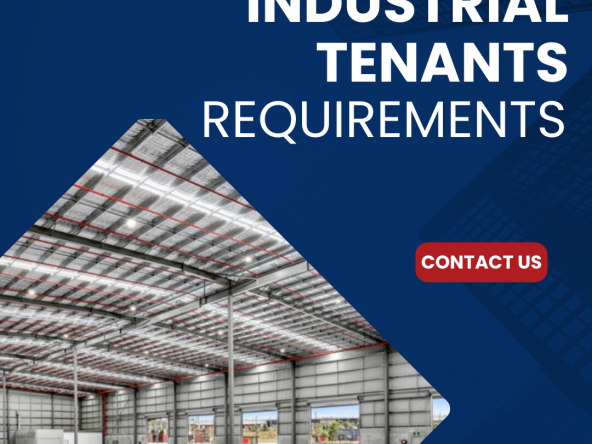
So, you may be thinking of purchasing a commercial or industrial property in Brisbane. There are some things to understand and investigate before you act on the purchase of any investment property. Information about the property types and the locations is valuable if you know where to look and what to ask. Get your research done.
Where can you start your investigations? Local area information can be reviewed and compared across property types and zones; recent sales and purchase activity can show you what is happening to the investment market. The history of the area and other sales will also be a valuable benchmark to understand before you start negotiating on or finding something else.
An informed buyer or business owner is better placed to negotiate on a property and a price. Build your local area information from informed and accurate sources of activity.
Here are some facts to remember as you get closer to making that property purchase:
1. Prices are relative to a location and a property type. Compare prices across properties of similar type in the same general location. You can get some indicative property construction costs from quantity surveyors. The costs for a new property construction of a type and size can be depreciated for age and quality and then compared to an existing building that you may be considering purchasing. It is always interesting to compare the numbers of new construction versus existing buildings.
2. The advertised asking price on a property is likely to be the final price. Talk to a few experienced local commercial real estate agents to get the facts on a final transaction outcome(s). Soon you can convert the actual sale prices to $m2. That information becomes valuable as you look at several local properties to purchase.
3. When you know a property price, try to split that price into the land cost and improvements in value. Then compare those numbers to yield on the expected or known passing income. Is that yield rising or falling? How does that yield compare to your investment KPI’s?
4. Review the suburbs for the main road listings and the quality buildings. Identify the current property listings in your targeted suburbs to see how they are marketed and how long they may have been on the property market. Some properties become ‘stale’ on the market for particular reasons; get to know why that is the case with any existing listings in the location.
5. Look at the supply and demand factors over a few of your targeted suburbs. Will there be any more property developed in the location over the next five years? How will that development impact any property purchase that you make today? Your local council can help with that development activity information.
6. How will the redevelopment changes in the location be occurring? It pays to review the local development plan at the local council as part of your suburban property review. Get to know where all the newer developments are. The planning committee at the local council offices will likely have regular meeting minutes for public review.
7. What are the existing vacancy factors for your targeted suburbs? If there are existing vacancies, then look at the ‘time on market’ factors to get a new tenant. A vacant property can be a ‘cash flow’ frustration over time. Don’t take on a risky investment property if your financing source is highly geared; know your ‘risk tolerances’ and stay within them. Business sentiment for a location or city will also be a likely factor of impact on price and or vacancies.
8. What do tenants expect from a new lease today? Some tenants want all the modern services and amenities in any new occupancy. That then should alert you to the better-quality buildings that you may purchase. Consider your investment decisions and targeted buildings by type and improvements. Capital works upgrades are a big part of property ownership, but ultimately the money for the property upgrade must come from somewhere.
9. Look at the leases in an asset or property as part of the ‘due diligence’ period, and certainly before you complete the contract settlement. You can have a ‘due diligence’ clause in your contract to protect you as you explore the property documentation and the tenant mix.
10. If you are thinking of purchasing a property with multiple tenants in occupation, review the leases, the critical lease dates, the risk profiles of the tenants, and the arrears or rental payment history across the mix. Ask plenty of questions about the tenants and their businesses. If in any doubt about the property and or the tenant mix, see if you can talk to the tenants in the due diligence period.
So, there are some good things for you to do here with your investment property research in Brisbane, especially if you are considering a property purchase in the next 12 months. Get all the facts before you make your purchase choices and set the targets. You can also have a specialised property agent work on your behalf exclusively in finding the right property by type or location.
Written by John Highman, Specialist Senior Commercial and Retail Property Agent Brisbane and Qld – Ph 0417221108



